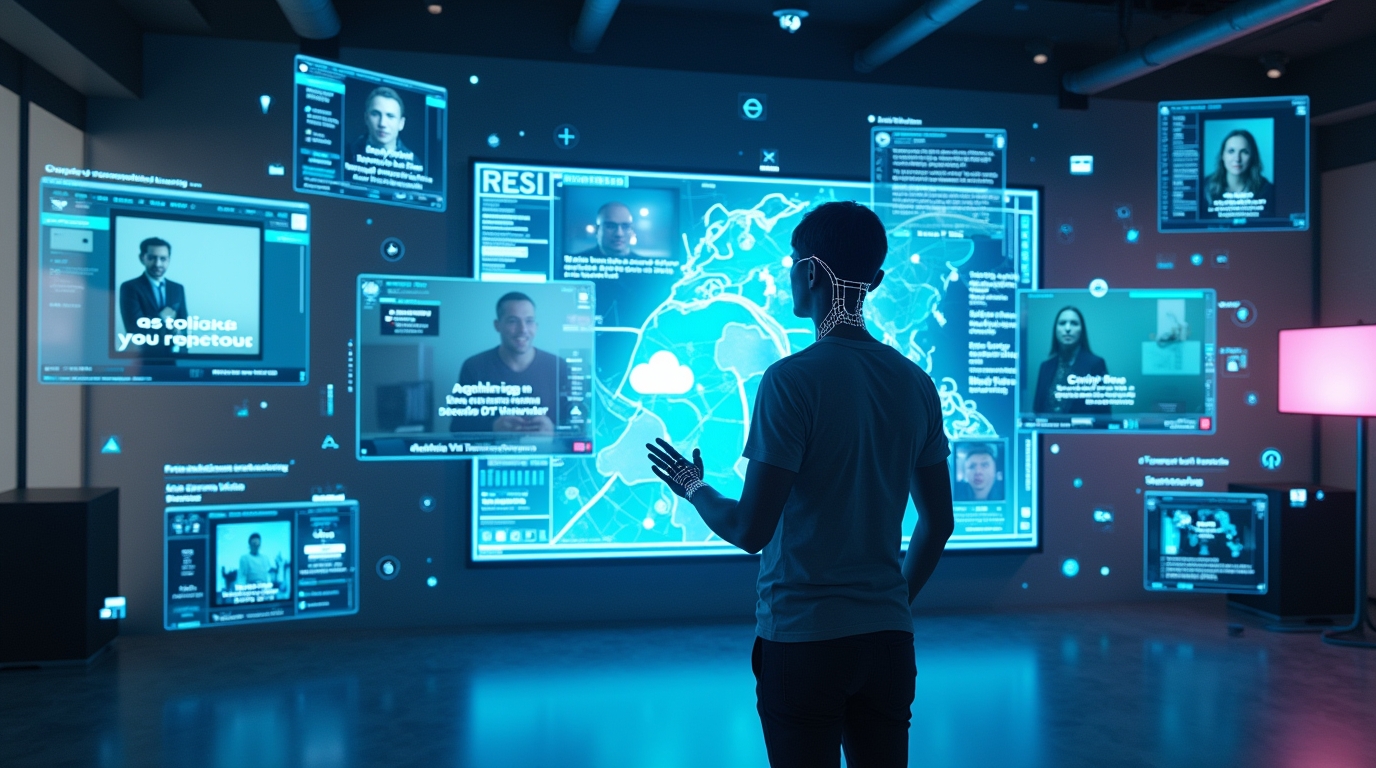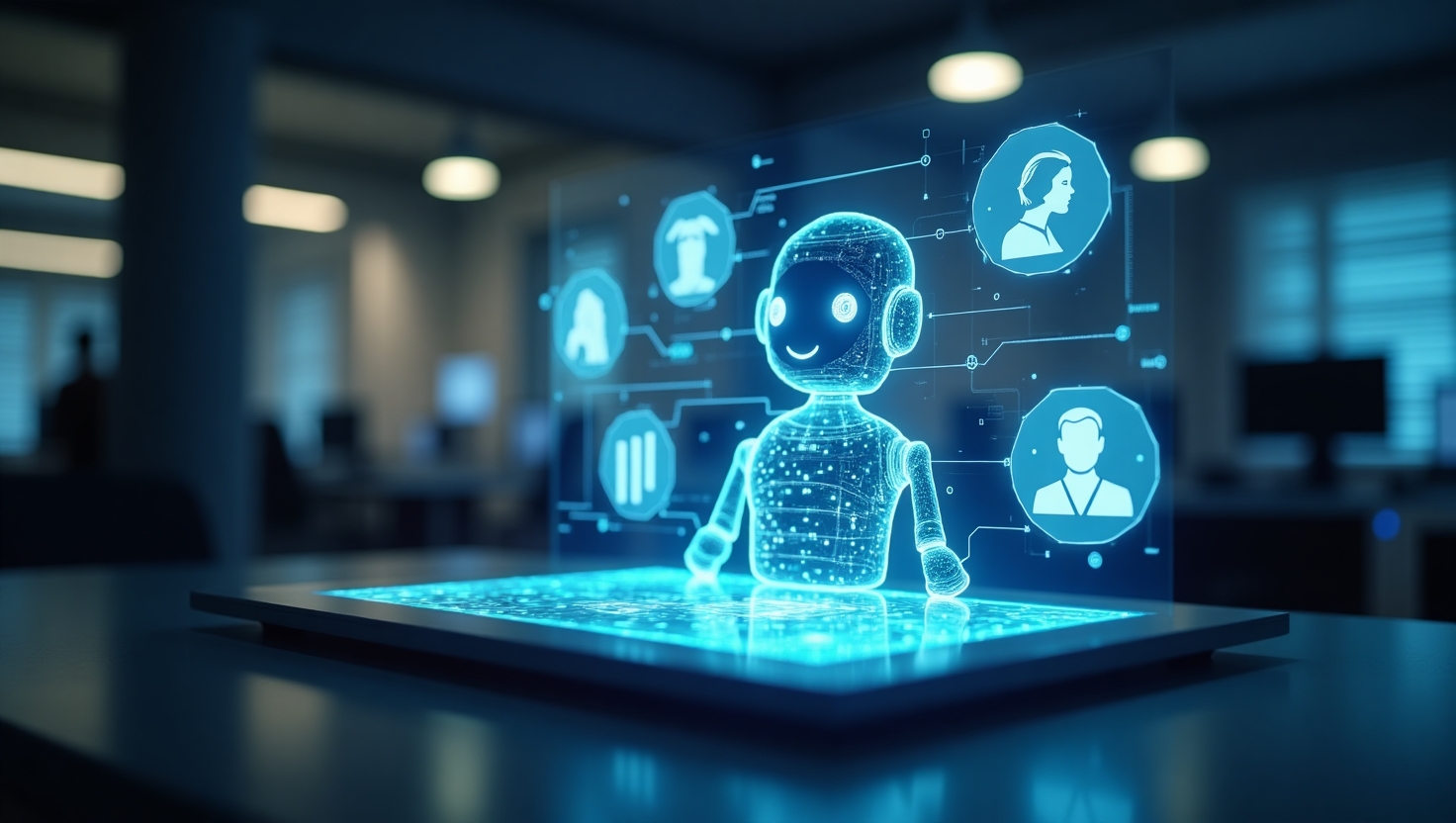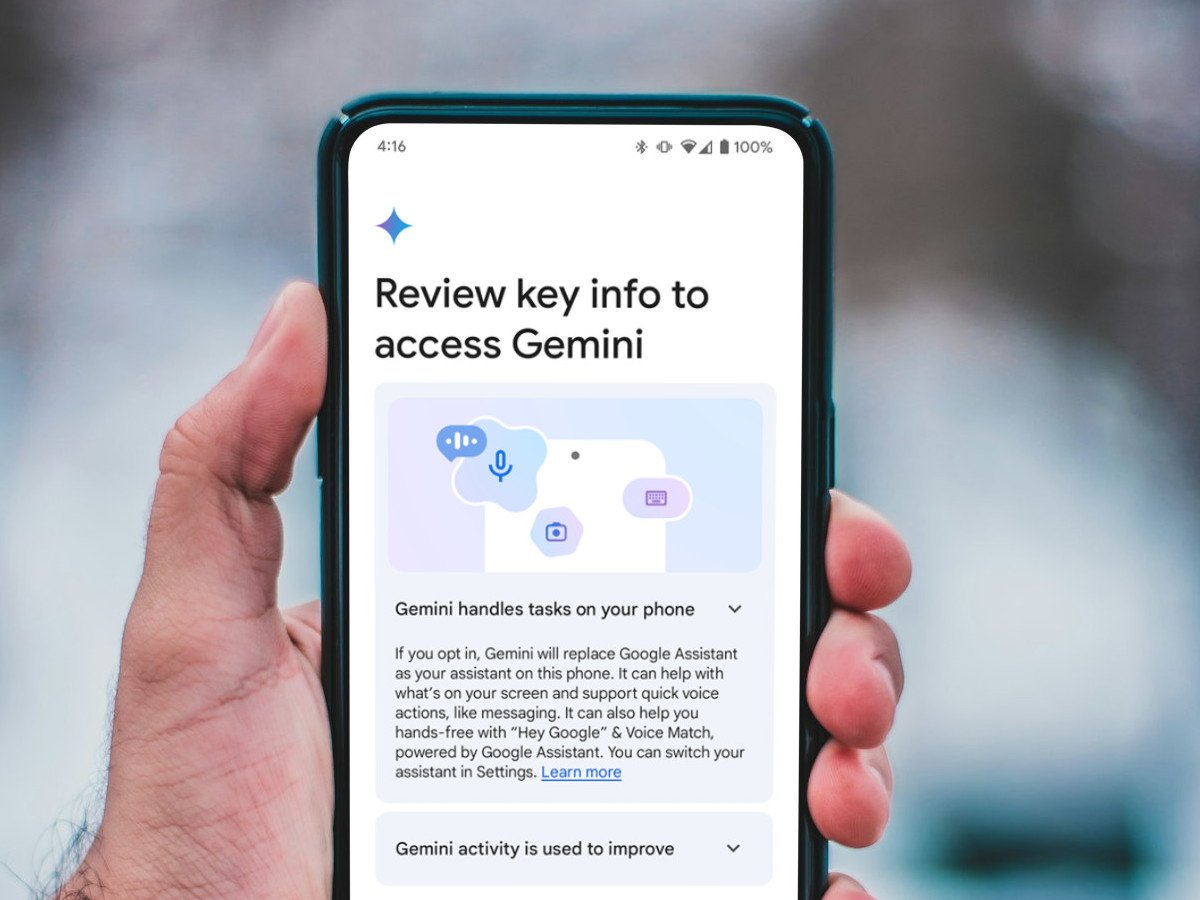You scroll past a stunning fashion shoot but it no model credits; a breaking news clip where the anchor felt too perfect, almost unreal — you perhaps just had an encounter with synthetic media. We’re living in an age where content is no longer bound by reality, and surprisingly, most of us don’t seem to mind. From AI-generated avatars gracing our Instagram feeds to news reports written by algorithms, the very fabric of content is being redefined.
What you’re seeing, hearing, and sometimes even believing is increasingly powered by machines. Synthetic media, once a speculative concept confined to sci-fi, is fast becoming a quiet force behind everything from digital marketing and journalism to education and healthcare. The question is no longer about whether we’re using synthetic media, but how deeply it is shaping our world.
Read more: Agentic AI in 2025: How Autonomous Agents Are Redefining Tech
– Advertisement –
As the content market explodes, the digital landscape is also undergoing a major revolution with the advent of synthetic media. There is a good chance that today you liked a post or read an article that was written by an artificial intelligence model, though it may have looked too real to draw your suspicion. The AI-led movement has already penetrated the mainstream media, a lot more than we realise. From hyper-real, virtual influencers to AI-generated posts; content in 2025 is increasingly being created by machines, mimicking the human brain.
In this article, we make an attempt to understand synthetic media and how it is transforming the way we create and consume content in 2025.
Synthetic media refers to any form of content that is created or modified using artificial intelligence. What began with simple text-based models is fast becoming capable of generating hyper-realistic visuals. It leverages algorithms that are trained on human data and proficiently mimics human intelligence, creativity and expression. You would usually encounter synthetic media in following forms:
– Advertisement –
- AI-generated text
- Deepfake images and videos
- Virtual influencers
Evolution of AI-generated content
AI-generated content has come a long way. There was a time artificial intelligence models could generate only basic text suggestions. With the rapid advancement in technology, we now have sophisticated AI frameworks that can produce coherent articles, create realistic images, make computer programmes and even compose music. Synthetic media is truly reshaping the creative industries:
- Marketing professionals have become more efficient through automated copywriting for ads and SEO and personalised product descriptions.
- In the publishing industry, AI-authored books and blogs have become a way to overcome the writer’s block and produce customised stories.
- Scriptwriting and animation generation through AI is emerging as a new normal in the entertainment world.
- E-learning platforms are also utilising artificial intelligence to produce custom content for diverse learner needs.
- Despite initial comprehensions, AI has finally entered the newsroom as well. Journalists are using it for generating automated news reports and summaries, while channels are experimenting with virtual anchors and realistic graphics.
Virtual influencers: Redefining digital personas
Emerging as the new face of branding, virtual influencers are AI-created characters that can collaborate with brands, promote products and interact with followers. Besides being cost-effective, virtual influencers facilitate consistency, can interact with customers 24X7 and provide brands full control over their actions and messaging. As consumers become more accustomed to digital interactions, these synthetic influencers are set to become part of the mainstream advertising strategies.
AI in journalism: Transforming newsrooms

Artificial intelligence is fast becoming a part of mainstream journalism. News organisations are leveraging AI for automated reporting to generate reports on financial earnings, sports scores and weather updates.
In a bid to curb the menace of fake news and misinformation, companies are utilising AI to develop fact-checking modules to verify information quickly and accurately. Besides, AI-driven frameworks can be used to personalise news feeds as per readers’ preference and interest. However, it is essential to maintain human oversight to ensure journalistic integrity and ethical standards.
Deepfake videos: Navigating challenges
Perhaps the most controversial application of synthetic media, deepfake technology uses AI to create hyper-realistic videos where individuals appear to say or do things they never did.
Although this technology has creative applications in fields like education and film-making, it poses significant risks like spreading misinformation and privacy concerns. With its potential misuse for fraud and manipulation, it also poses major security threats.
In 2025, deepfakes were used for creating misleading political speeches and spreading propaganda. To combat these challenges, researchers are developing detection tools and platforms for implementing stricter content policies.
Ethical considerations and regulatory frameworks
With great innovation comes great responsibility. Synthetic media raises several ethical dilemmas regarding authenticity, consent and accountability. Who owns an AI art? Should synthetic influencers disclose they’re fake? Can people be prosecuted for publishing and promoting misleading deepfakes?
The increasing prevalence of AI content has also raised the need for clear ethical and legal boundaries; a way to distinguish between natural and synthetic media; and spreading media literacy.
In 2025, regulatory bodies are beginning to address these concerns, with discussions around transparency, labelling and legal implications of synthetic media.
One can argue the legal and ethical aspects of synthetic media, but we can no longer argue that the ear of synthetic media has arrived and how. In 2025, synthetic media is expected to integrate more deeply and become a standard in content creation across industries.
Imagine AI-generated AR classrooms that adjust in real time, virtual try-ons replicate your exact body type, personalised films where the storyline adapts to your mood, an emotionally- attuned healthcare avatar simplifies your diagnoses, while a robot generates multi-lingual, context-specific news updates for each reader.
We are staring at a future where all of this can soon be a reality. In 2025, it is set to push the boundaries of creativity and technology and provide tools that enable individuals and small businesses to compete on a larger scale.
Synthetic media is a creative revolution that is quietly and powerfully reshaping how we tell stories, teach, shop, heal, govern and connect. We are entering an era where human imagination is amplified by machine intelligence.
As we navigate this new era, there is a need to harness its potential responsibly. Collaboration between technologists, creators and regulators will be key to ensuring synthetic media serves as a tool for innovation and positive change, rather than letting it become a weapon in the hand of criminals or unethical businesses.
Also read: Best Free AI Chatbot: Your Ultimate Guide to 2025’s Top AI Assistants
– Advertisement –




